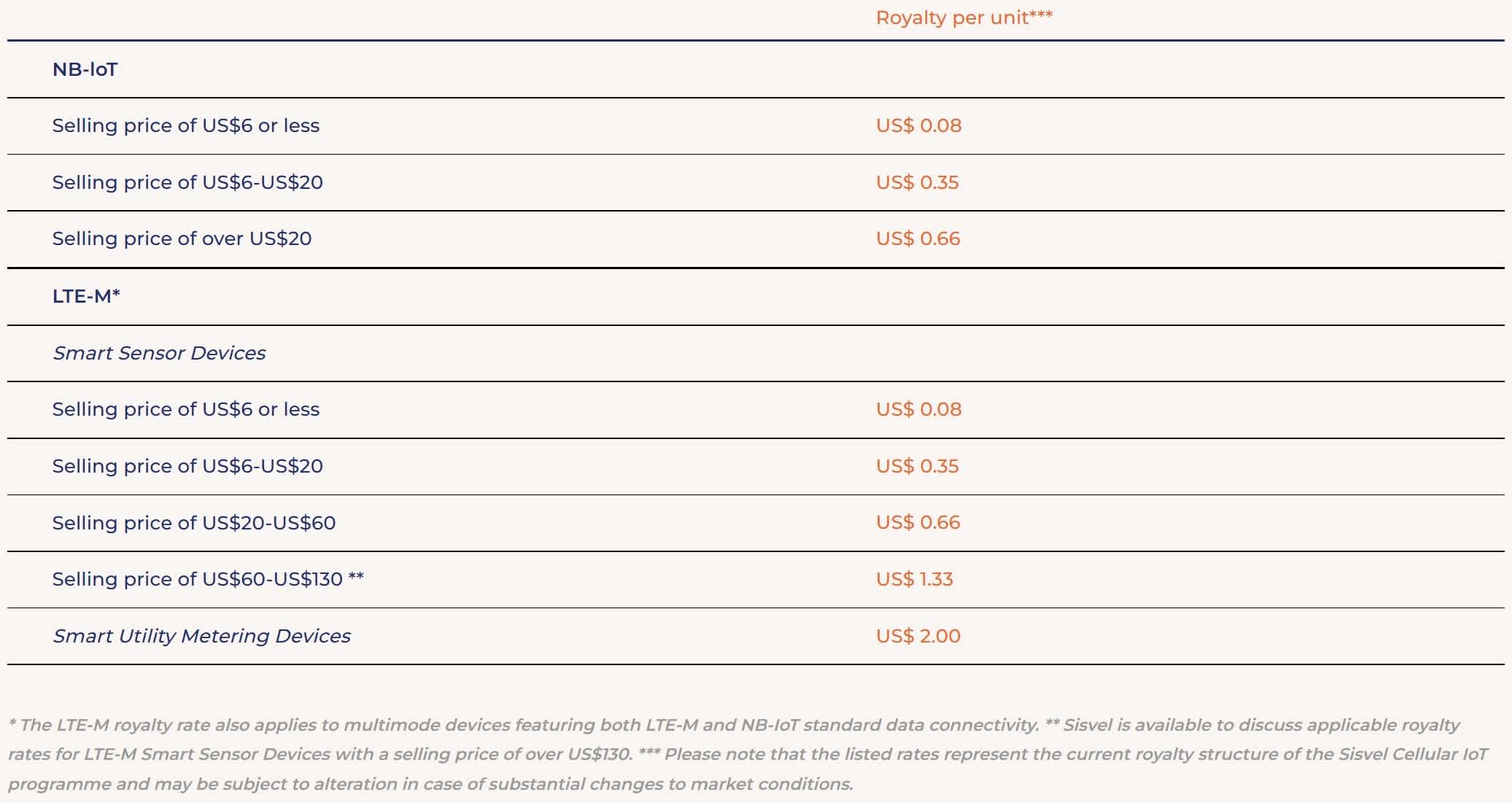Sisvel Cellular IoT pool licence covers over half of relevant SEPs, new data confirms
A new paper released by LexisNexis IPlytics shows the patents in the programme represent 54% of NB-IoT SEPs and 51% of LTE-M SEPs
By Sven Torringer
Since the formation of the Sisvel Cellular IoT programme, we have spoken with many implementers. The challenges they face in navigating the patent licensing environment are clear.
As we have written about previously, the IoT market has a wide range of smaller-scale product makers operating in various verticals. Many of them have no experience of IP dealmaking.
One obstacle we often hear about is the lack of visibility around which patents are relevant to LTE-M and NB-IoT and who owns them. Sisvel is a major source of transparency in this area. We have brought together 36 patent owners and publish a list of patents they own that have been independently evaluated as essential to LTE-M and/or NB-IoT (the document currently runs to 72 pages).
Sisvel also commissioned a research firm, Dolcera, to measure our pool members’ share of cellular IoT stack based on ETSI data up until June 2023. As we reported around a year ago, this showed our members at the time controlled around 51% of declared NB-IoT SEPs and 50% of declared LTE-M SEPs relevant to user equipment. These figures have since increased with the addition of new patent owners including Panasonic and Kyocera to the programme.
This picture of the market – in which the Sisvel programme offers a licence to more than half of the relevant SEPs at a transparent published rate – has now been confirmed by LexisNexis IPlytics, which recently released its own study of the Cellular IoT space.
Sisvel did not commission, sponsor or otherwise play a role in the creation of this dataset, which is available to paying subscribers of LexisNexis IPlytics. But we can share that these fresh numbers show Sisvel Cellular IoT pool members owning 54% of NB-IoT SEPs and 51% of LTE-M SEPs.
These additional data points – which can be confirmed by anyone with access to the service – should increase IoT implementers’ confidence as to the significant coverage they can secure through a single agreement with Sisvel.
In combination with Sisvel’s published royalty figures, this finding suggests a theoretical full stack rate (the total royalties that would be paid on the stack if every patent owner outside the pool offered rates equivalent to ours) that is no more than twice our listed per-unit prices, which are reproduced below and available in detail on this page.
These rates have remained fixed even as new patent owners have joined the pool, including Panasonic and Kyocera within the last six months. We hope to continue growing the share of the stack that we license under the same fair, reasonable and non-discriminatory rates.
Sven Torringer is Sisvel Cellular IoT Programme Manager



